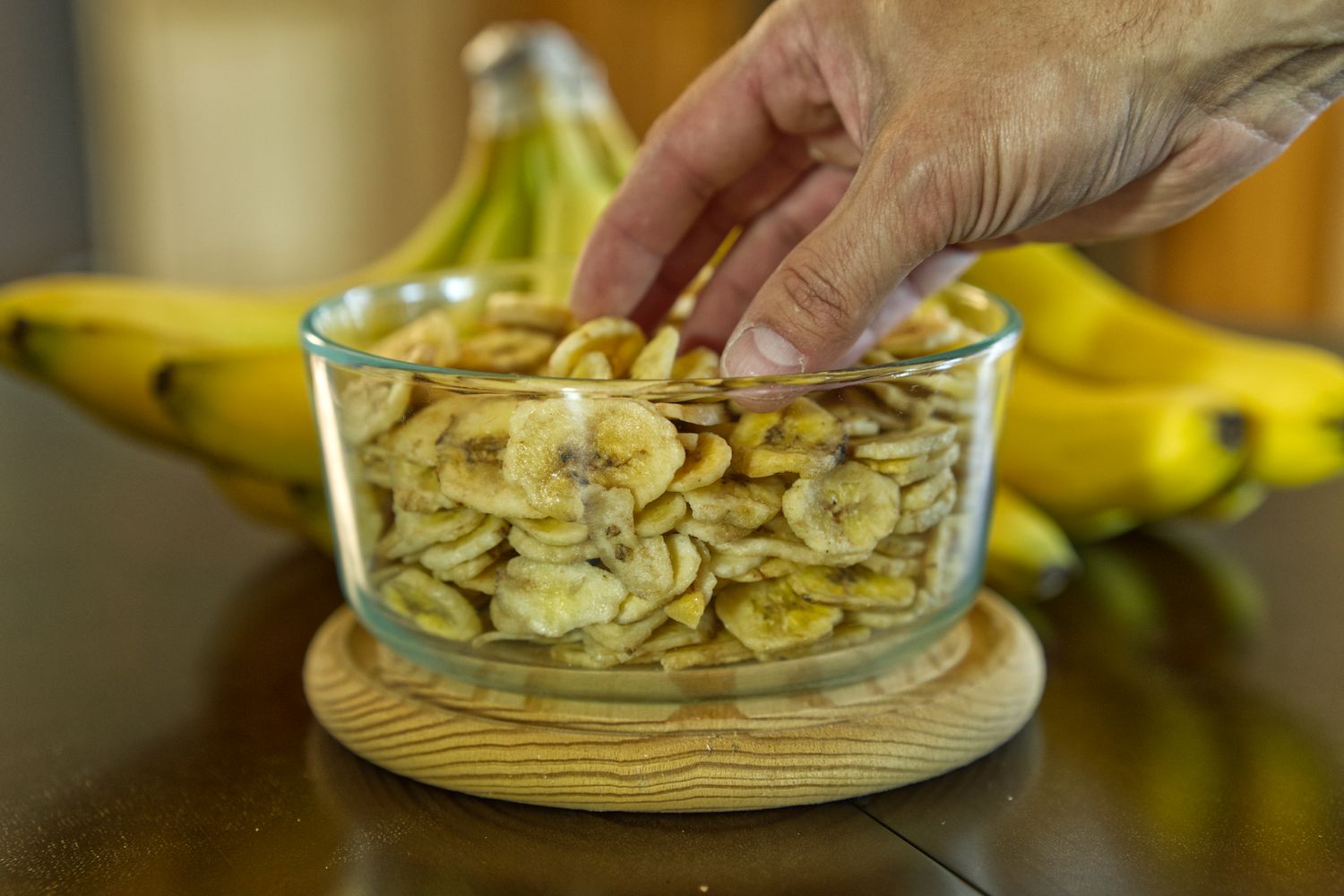

Articles
How To Store Dehydrated Bananas
Modified: March 2, 2024
Looking for articles on how to store dehydrated bananas? Check out our comprehensive guide for tips and tricks to keep your bananas fresh and flavorful for longer.
(Many of the links in this article redirect to a specific reviewed product. Your purchase of these products through affiliate links helps to generate commission for Storables.com, at no extra cost. Learn more)
Introduction
Welcome to the world of dehydrated bananas! If you’re a fan of this delicious and nutritious fruit, then you’re in for a treat. Dehydrated bananas are a convenient and portable snack that can be enjoyed on their own or used in a variety of recipes. They not only have a longer shelf life compared to fresh bananas but also retain their flavor and nutritional value.
In this article, we will explore the benefits of dehydrated bananas, learn how to select the best bananas for dehydration, discover different preparation and slicing techniques, explore pre-treatment methods for better preservation, and delve into the various methods of dehydrating bananas, including using an oven and a food dehydrator. We will also discuss proper storage guidelines and packaging techniques to ensure the longevity and freshness of your dehydrated bananas. Lastly, we’ll explore creative ways to use these dried fruits and rehydrate them when needed.
Whether you’re an avid hiker, a busy parent, or simply looking for a healthy and convenient snack option, dehydrated bananas are a fantastic choice. They are lightweight, portable, and packed with essential nutrients. Plus, they’re incredibly versatile and can be enjoyed in a variety of ways.
So, let’s dive in and discover the wonderful world of dehydrated bananas!
Key Takeaways:
- Dehydrated bananas offer extended shelf life, convenience, and versatility. They can be used in various recipes, provide an energy boost, and retain their nutritional value, making them a fantastic snack option for health-conscious individuals.
- Proper selection, preparation, dehydration, storage, and rehydration techniques are essential for maintaining the flavor, texture, and quality of dehydrated bananas. With creativity and experimentation, they can be used in a wide range of culinary creations.
Benefits of Dehydrated Bananas
Dehydrated bananas offer a range of benefits that make them a popular choice among health-conscious individuals. Here are some key reasons why you should consider adding dehydrated bananas to your snack repertoire:
- Extended Shelf Life: Unlike fresh bananas, which have a limited shelf life, dehydrated bananas have a significantly longer lifespan. This makes them an excellent option for those who want to stock up on bananas without the risk of spoilage.
- Convenience: Dehydrated bananas are incredibly convenient. They are lightweight and compact, making them easy to carry in your bag or keep in your pantry. This makes them an excellent on-the-go snack for busy individuals or a quick energy boost during outdoor activities like hiking or camping.
- Nutrient Dense: While the drying process removes some water content from the bananas, the nutritional value remains relatively intact. Dehydrated bananas are a good source of potassium, dietary fiber, and various vitamins and minerals. They offer a natural and wholesome alternative to processed snacks that are typically high in sodium and unhealthy fats.
- Energy Boost: Dehydrated bananas are an excellent source of carbohydrates, which are the primary fuel for our bodies. They provide a quick and sustained energy boost, making them an ideal snack choice before or after workouts or during periods of increased physical activity.
- Versatility: One of the great things about dehydrated bananas is their versatility. They can be enjoyed on their own as a tasty and nutritious snack, or incorporated into a wide range of recipes. From trail mixes and granola bars to smoothies, baked goods, and even savory dishes, dehydrated bananas can add a natural sweetness and a unique flavor to various culinary creations.
With their extended shelf life, convenience, and nutrition-packed profile, it’s no wonder that dehydrated bananas have gained popularity among health-conscious individuals and snack enthusiasts alike. They offer all the goodness of fresh bananas in a convenient, portable, and long-lasting form.
Now that we’ve explored the benefits, let’s move on to the next section to discover how to select the best bananas for dehydration.
How to Select Ripe Bananas for Dehydration
Choosing the right bananas for dehydration is crucial to ensure that you end up with flavorful and quality dehydrated bananas. Follow these tips to select perfectly ripe bananas:
- Look for Yellow Bananas: Select bananas that are fully ripe and have a bright yellow color. Green bananas are unripe and won’t dehydrate well, while overly ripe bananas may become mushy during the dehydration process.
- Avoid Bruised or Damaged Bananas: Check the bananas for signs of bruising or damage. Bruised bananas may develop mold during the dehydration process, which can affect the quality and taste of the final product. Choose bananas that are free from any visible bruises or blemishes.
- Consider the Thickness: It’s best to choose bananas that are medium to slightly thicker in size. Thin bananas may become too crispy after dehydration, while very thick bananas may take longer to dehydrate evenly.
- Slight Green Tip: Look for bananas that have a slight green tip. This indicates that the bananas are mature but not yet overly ripe. This balance will result in the best texture and flavor when they are dehydrated.
- Smell Test: Give the bananas a gentle sniff. Ripe bananas should have a sweet and fragrant aroma. If they have a strong, overpowering scent, they may be overripe and not ideal for dehydration.
By selecting ripe and high-quality bananas, you’ll ensure that your dehydrated bananas have the best flavor and texture. Remember, the success of your dehydrated bananas depends on the quality of the fruit you choose, so take your time to inspect and select the best bananas available.
Now that you know how to choose the perfect bananas for dehydration, let’s move on to the next step: preparing and slicing the bananas for optimal drying.
Preparation and Slicing Techniques
Proper preparation and slicing of bananas are essential for achieving consistent and evenly dried results. Follow these techniques to prepare your bananas for dehydration:
- Wash the Bananas: Start by washing the bananas under cool running water to remove any dirt or residue. Pat them dry with a clean towel.
- Peel the Bananas: Gently peel the bananas and discard the peels. It’s best to use fully ripe bananas for dehydration as they are sweeter and at their peak flavor.
- Choose the Slicing Method: There are different slicing techniques you can use to prepare your bananas. The choice of method will depend on your personal preference and the desired outcome:
- Coin Slices: Slice the bananas into evenly thick coins, approximately 1/4 to 1/2 inch in thickness. This method is ideal for snacks and to add banana slices to cereals or oatmeal.
- Longitudinal Slices: Cut the bananas lengthwise into thin strips. This method works well for making banana chips or for recipes that require longer and thinner slices.
- Combination Method: You can also combine both coin and longitudinal slices for added variety and versatility.
- Consistent Thickness: Aim for uniform thickness when slicing the bananas to ensure even drying. This will help you achieve consistent texture and crunchiness in the final product.
- Use a Sharp Knife: It’s important to use a sharp knife to slice the bananas. A dull knife can result in uneven cuts and messy slices.
- Work Quickly: Bananas tend to oxidize and turn brown after being exposed to air. To prevent browning, work quickly and place the sliced bananas in a bowl of water mixed with a little lemon juice or citrus-based fruit preserver.
By following these preparation and slicing techniques, you’ll be well on your way to achieving perfectly sliced bananas ready for the dehydration process. Now it’s time to explore pre-treatment methods that can enhance the preservation of your dehydrated bananas.
Pre-Treatment Methods for Better Preservation
Pre-treating your bananas before dehydration can help improve their preservation and overall quality. Here are some pre-treatment methods you can consider:
- Lemon Juice Soak: Soaking the banana slices in a mixture of lemon juice and water can help prevent browning. The citric acid in the lemon juice acts as an antioxidant and inhibits enzymatic browning. Simply combine equal parts lemon juice and water in a bowl, and soak the banana slices for a few minutes before removing and drying them.
- Fruit Stabilizer: Another option is to use a fruit stabilizer, available at specialty stores or online retailers. These products contain ascorbic acid (vitamin C) or other natural preservatives that help prevent browning. Follow the instructions on the packaging for the appropriate amounts to use.
- Blanching: Blanching involves briefly immersing the banana slices in boiling water to deactivate enzymes that cause browning. To blanch, bring a pot of water to a boil, then carefully add the banana slices for about 30 seconds. Remove the slices and immediately transfer them to an ice bath to stop the cooking process. Pat them dry before proceeding with the dehydration.
- Steam Blancing: Steam blanching is another method to prevent browning. Place a steamer basket in a pot, add a small amount of water, and bring it to a boil. Once the steam is created, place the banana slices in the steamer basket and cover the pot with a lid. Steam for about 1-2 minutes, then remove the slices and let them cool before drying them.
- Pineapple Juice Dip: You can also dip the banana slices in pineapple juice, as the natural acids in pineapple juice can help prevent browning. Submerge the slices in pineapple juice for a few minutes, then pat them dry before dehydrating.
These pre-treatment methods can help preserve the color, flavor, and nutritional value of your dehydrated bananas. Experiment with different methods to find the one that works best for you and suits your preferences.
Now that we’ve explored pre-treatment methods, let’s move on to the various methods of dehydrating bananas, starting with using an oven.
Read more: How To Dehydrate Bananas In Air Fryer
Dehydrating Bananas Using an Oven
If you don’t have a food dehydrator, don’t worry! You can still enjoy delicious homemade dehydrated bananas using your oven. Here’s a step-by-step guide to drying bananas in an oven:
- Preheat the Oven: Preheat your oven to the lowest temperature setting available. It’s usually around 140°F (60°C) for most ovens.
- Prepare the Banana Slices: Arrange the banana slices on a baking sheet lined with parchment paper, ensuring that there is enough space between each slice for air circulation.
- Place in the Oven: Place the baking sheet with the banana slices in the preheated oven. Prop open the oven door slightly to allow moisture to escape and promote air circulation.
- Dehydrate: Let the bananas dehydrate in the oven for approximately 4-6 hours. The exact drying time may vary depending on the thickness of the slices, the moisture content of the bananas, and the oven temperature. Check the slices periodically and rotate the baking sheet if needed for even drying.
- Test for Doneness: To check if the bananas are fully dehydrated, remove a slice from the oven and let it cool for a few minutes. It should be dry to the touch and slightly leathery in texture. If it’s still soft or pliable, return it to the oven and continue drying.
- Cool and Store: Once the banana slices are dehydrated to your desired level of doneness, remove them from the oven and let them cool completely on a wire rack. This helps to ensure that any residual moisture is evaporated. Once cool, transfer the dehydrated bananas to an airtight container or resealable bags for storage.
Remember, the drying time can vary, so keep a close eye on the bananas as they dehydrate to prevent them from becoming too crispy or overdone. With a bit of practice, you’ll be able to achieve perfectly dehydrated bananas using your oven.
In the next section, we’ll explore another popular method of dehydrating bananas – using a food dehydrator. Stay tuned!
Using a Food Dehydrator to Dry Bananas
A food dehydrator is a convenient and efficient tool specifically designed for drying fruits, vegetables, and other foods. If you have a food dehydrator at home, here’s how you can use it to dry your bananas:
- Prepare the Banana Slices: Slice the bananas into your desired thickness using the coin or longitudinal slicing method described earlier. Aim for uniform thickness to ensure even drying.
- Arrange the Banana Slices: Lay the banana slices in a single layer on the dehydrator trays. Make sure to leave enough space between the slices for proper air circulation and drying.
- Stack the Trays: Once the banana slices are arranged, stack the trays onto the food dehydrator, following the manufacturer’s instructions. Ensure that the airflow is not blocked, as proper air circulation is crucial for effective dehydration.
- Set the Temperature and Time: Set the temperature on the food dehydrator according to the manufacturer’s guidelines. For bananas, a temperature range of 125°F to 135°F (52°C to 57°C) is typically recommended. Adjust the time based on the thickness of the slices, but it usually takes around 6 to 8 hours to dehydrate the bananas fully.
- Monitor the Drying Process: Check the bananas periodically during the drying process to ensure they are drying evenly. Rotate the trays if necessary for consistent drying. The exact drying time may vary based on factors like banana thickness, humidity levels, and the dehydrator’s specifications.
- Test for Doneness: To test if the bananas are adequately dried, remove a slice from the dehydrator and let it cool for a few minutes. It should be leathery and dry to the touch. If it’s still moist or pliable, return it to the dehydrator and continue drying.
- Cool and Store: Once the bananas are fully dehydrated, let them cool completely on a wire rack. This helps remove any residual moisture. Once cooled, transfer the dehydrated bananas to airtight containers or resealable bags for storage.
A food dehydrator provides a controlled and efficient environment for drying bananas, allowing for optimal results. With this method, you can enjoy evenly dried and flavorful bananas in a relatively shorter time compared to using an oven.
Now that we’ve learned how to dehydrate bananas using both the oven and a food dehydrator, let’s move on to the next section to discover the best practices for storing your dehydrated bananas.
Store dehydrated bananas in an airtight container or resealable bag at room temperature, away from direct sunlight and moisture. This will help to preserve their flavor and texture for a longer period of time.
Storage Guidelines for Dehydrated Bananas
Proper storage is crucial to maintain the freshness, flavor, and quality of your dehydrated bananas. Follow these guidelines to ensure optimal storage conditions:
- Cool and Dry Environment: Store your dehydrated bananas in a cool, dry place away from direct sunlight and moisture. Excess heat and humidity can accelerate the degradation of the dried fruit.
- Airtight Containers: Transfer the dehydrated bananas to airtight containers, such as glass jars or food-grade plastic containers with tight-fitting lids. Airtight containers help prevent moisture from entering and keep the bananas crispy and fresh.
- Label and Date: Label the containers with the contents and the date of dehydration. This helps you keep track of the freshness and allows for proper rotation of your stock.
- Store in Small Batches: It’s better to store dehydrated bananas in smaller, individual portions rather than in large quantities. This minimizes the exposure to air and moisture every time you open the container, helping to maintain the quality of the bananas.
- Absorbent Packs: Consider adding food-grade silica gel packs or oxygen absorbers to the containers with dehydrated bananas. These packs help absorb any residual moisture and prevent spoilage.
- Avoid Freezer Storage: While it’s possible to freeze dehydrated bananas, it’s not recommended as it can result in a change in texture and flavor. Freezing can make the bananas lose their crispiness and become chewy.
- Regular Inspection: Periodically check your stored dehydrated bananas for any signs of moisture, mold, or stale odors. If you notice any of these signs, discard the affected portion to prevent spoilage of the entire batch.
- Use within Recommended Timeframe: Dehydrated bananas, when properly stored, can last for several months to a year. However, for the best flavor and quality, it is recommended to consume them within 6 to 12 months of storage.
By following these storage guidelines, you can ensure that your dehydrated bananas stay fresh, crispy, and delicious for an extended period. Now that we know how to store them properly, let’s move on to the next section to learn about the best practices when packaging your dehydrated bananas.
Proper Packaging Techniques
Proper packaging is essential to preserve the quality and freshness of your dehydrated bananas. Here are some key packaging techniques to ensure optimal storage:
- Choose the Right Containers: Use airtight containers made of glass, food-grade plastic, or metal to package your dehydrated bananas. These containers help prevent air and moisture from entering, keeping the bananas crisp and flavorful.
- Portion Control: Divide your dehydrated bananas into smaller, individual portions before packaging. This allows you to access them easily without exposing the entire batch to air and moisture every time you open the container.
- Remove Excess Air: When packaging the bananas, push out as much air as possible from the container before sealing it. Excess air can contribute to moisture buildup and reduce the shelf life of the bananas.
- Label and Date: Clearly label each container with the contents and the date of dehydration. This ensures proper rotation of your dehydrated bananas and helps you keep track of their freshness.
- Use Moisture Absorbers: Consider adding a moisture absorber, such as food-grade silica gel packs or oxygen absorbers, to the packaging. These absorbent packs help remove any remaining moisture and maintain the crispness of the bananas.
- Avoid Excessive Handling: Minimize the amount of handling and exposure to air when packaging your dehydrated bananas. Excessive handling can increase the risk of moisture contamination and reduce their shelf life.
- Store in a Cool, Dark Place: Place the packaged dehydrated bananas in a cool, dry area away from direct sunlight. Excessive heat and light can degrade the quality of the bananas and accelerate the deterioration process.
- Regular Inspection: Check the packaging periodically for any signs of moisture, mold, or spoilage. If you notice any issues, discard the affected portion and repackage the remaining bananas to ensure freshness.
By following these proper packaging techniques, you can extend the shelf life and maintain the delicious taste and texture of your dehydrated bananas. Now that we’ve covered packaging, let’s move on to the best practices for storing dehydrated bananas.
Read more: How To Make Banana Chips With A Dehydrator
Best Practices for Storing Dehydrated Bananas
To ensure the longevity and quality of your dehydrated bananas, it’s essential to follow these best practices for storing:
- Proper Hygiene: Before handling and storing dehydrated bananas, ensure your hands and all storage containers are clean and dry. This helps prevent any potential contamination.
- Optimal Conditions: Store your dehydrated bananas in a cool, dry, and dark place. Avoid exposing them to direct sunlight, as it can cause the bananas to fade in color and lose their nutritional value.
- Airtight Containers: Use airtight containers, such as glass jars or resealable bags, to store the dehydrated bananas. This prevents air and moisture from entering, ensuring their crispness and preventing spoilage.
- Temperature Control: Maintain a stable temperature when storing dehydrated bananas. Fluctuations in temperature can lead to moisture absorption or loss, which can compromise their quality.
- Avoid Exposure to Odors: Keep your dehydrated bananas away from strong-smelling substances, as they can absorb odors easily. Store them separate from spices, cleaning supplies, or other strong-scented items.
- Frequent Inspection: Regularly check the stored dehydrated bananas for any signs of moisture, mold, or insect infestation. Discard any contaminated or spoiled portions immediately to prevent further damage.
- Rotate Stock: If you have multiple batches of dehydrated bananas, practice a first-in, first-out approach to ensure freshness. Consume the oldest batches first and replenish with new ones.
- Repackage if Necessary: If you notice any signs of moisture or the original packaging is compromised, transfer the dehydrated bananas to a new airtight container to maintain their freshness and quality.
- Minimal Handling: Limit the amount of time the dehydrated bananas are exposed to air and avoid excessive handling. This helps to preserve their texture, flavor, and overall quality.
- Refrain from Freezing: Although dehydrated bananas can be frozen, it is generally not recommended as frozen storage can affect their texture and taste. Freezing can make them lose their crispness and become chewy.
By adhering to these best practices for storing dehydrated bananas, you can prolong their shelf life and maintain their nutritional value, flavor, and texture. Now that we’ve covered storage techniques, let’s move on to discussing how to rehydrate dehydrated bananas.
Rehydrating Dehydrated Bananas
While dehydrated bananas are delicious and convenient snacks on their own, you may sometimes want to rehydrate them to bring back their original soft and juicy texture. Here are a few methods to rehydrate your dehydrated bananas:
- Place in Water: One simple method is to place the dehydrated banana slices in a bowl of warm water and let them soak for about 15 to 20 minutes. The bananas will absorb the water and regain their softness. Drain any excess water before using.
- Use Liquid Sweeteners: Another option is to rehydrate the dehydrated bananas in liquid sweeteners like fruit juices, honey, or maple syrup. Place the bananas in a container, pour the liquid sweetener over them, and allow them to sit for about 20 to 30 minutes. The bananas will absorb the sweetened liquid and become plump and juicy.
- Steam Rehydration: Steam rehydration is a method that provides more controlled moisture to the dehydrated bananas. Place the banana slices in a steamer basket and steam them for about 5 to 10 minutes until they become soft and tender. Remove from the steamer and pat them dry if needed.
- Cooking with Moist Ingredients: If you’re using dehydrated bananas in a recipe that requires cooking, they will naturally rehydrate during the cooking process. Simply add them to the dish and allow them to simmer or bake with moist ingredients like sauces, gravies, or liquids.
Keep in mind that rehydrated bananas will not have the same texture as fresh bananas. They will be softer and have a chewy consistency. However, they will still retain their natural flavor and can be used in various recipes that call for the sweetness and aroma of bananas.
Now that you know how to rehydrate dehydrated bananas, let’s explore some creative ways to use them in your culinary endeavors.
Creative Ways to Use Dehydrated Bananas
Dehydrated bananas are incredibly versatile and can be used in a variety of creative ways to add a burst of flavor and texture to your dishes. Here are some creative ideas to inspire you:
- Trail Mix: Mix dehydrated bananas with nuts, dried fruits, chocolate chips, and granola to create a delicious and energizing trail mix. It’s a perfect snack for outdoor adventures or as an on-the-go pick-me-up.
- Smoothie Booster: Add a few pieces of dehydrated bananas to your smoothie ingredients before blending. They will rehydrate and add natural sweetness and a creamy texture to your smoothie.
- Banana Bread: Chop or pulse dehydrated bananas in a food processor and incorporate them into your favorite banana bread recipe. The concentrated banana flavor will elevate the taste of the bread.
- Oatmeal Topping: Sprinkle dehydrated banana slices on top of your morning oatmeal for an extra burst of sweetness and added texture. They also pair well with other toppings like nuts, seeds, and honey.
- Cereal Mix-in: Break up dehydrated bananas into smaller pieces and mix them into your breakfast cereal or granola. They will add a delightful crunchy texture and fruity flavor.
- Salads: Crumble or chop dehydrated bananas and use them as a unique topping or flavor enhancer for green salads or fruit salads. They provide a sweet and crunchy element that complements a variety of ingredients.
- Baking Ingredient: Incorporate dehydrated bananas into baked goods like cookies, muffins, or cakes. Simply chop or grind them into smaller pieces and combine them with the other dry ingredients before baking.
- Pancake or Waffle Mix-ins: Add chopped dehydrated bananas to your pancake or waffle batter for a delightful twist. The rehydrated bananas will infuse your breakfast treats with a burst of natural sweetness.
- Ice Cream Topping: Crush or crumble dehydrated bananas and sprinkle them over a scoop of ice cream. They will add a tantalizing crunch and intense banana flavor to your frozen dessert.
- Savory Dishes: Believe it or not, dehydrated bananas can also be used in savory dishes. Grind them into a powder and use it as a flavorful seasoning for curries, stews, or roasted meats to add a touch of sweetness and complexity.
These are just a few creative ways to incorporate dehydrated bananas into your culinary repertoire. Let your imagination run wild and experiment with different recipes and combinations to discover new and exciting ways to enjoy the unique taste and texture of dehydrated bananas.
Now that you have plenty of ideas to get started, it’s time to put your dehydrated bananas to use. Enjoy the deliciousness!
Summary and Conclusion
Dehydrated bananas are a convenient, nutritious, and delicious snack option that offers numerous benefits. With an extended shelf life and the ability to retain their flavor and nutritional value, dehydrated bananas are a fantastic choice for anyone looking to incorporate healthy and convenient snacks into their lifestyle.
In this article, we explored the benefits of dehydrated bananas, including their extended shelf life, convenience, nutrient density, energy-boosting properties, and versatility. We learned how to select ripe bananas for dehydration, emphasizing the importance of choosing fully ripe bananas with a bright yellow color.
We also discussed the preparation and slicing techniques for dehydrating bananas, highlighting the importance of uniform thickness and using sharp knives. Additionally, we explored various pre-treatment methods such as lemon juice soak, fruit stabilizers, blanching, steam blanching, and pineapple juice dip to enhance the preservation of dehydrated bananas.
To dehydrate bananas, we covered two methods: using an oven and a food dehydrator. Each method requires specific temperature settings, slicing techniques, and monitoring to achieve perfectly dried bananas. We discussed the importance of frequent inspections to ensure even dehydration and proper doneness.
When it comes to storing dehydrated bananas, we highlighted the significance of cool, dry, and airtight storage conditions. Proper packaging, label labeling, regular inspection, and avoiding excessive moisture or exposure to odors were also discussed as essential practices.
We explored the options for rehydrating dehydrated bananas, including soaking in water, using liquid sweeteners, steam rehydration, or cooking with moist ingredients. These methods allow for the restoration of the soft and juicy texture of the bananas.
Lastly, we provided creative ways to use dehydrated bananas, such as in trail mix, smoothies, baking, salads, and even savory dishes. These ideas showcased the versatility of dehydrated bananas in elevating the taste and texture of various dishes.
In conclusion, dehydrated bananas are a fantastic snack option that offers convenience, nutritional value, and a wide range of culinary possibilities. By following the guidelines and techniques outlined in this article, you can enjoy the benefits of dehydrated bananas and leverage their versatility in your everyday cooking and snacking. So go ahead, grab some ripe bananas, get your dehydrator or oven ready, and embark on a dehydrating adventure!
Frequently Asked Questions about How To Store Dehydrated Bananas
Was this page helpful?
At Storables.com, we guarantee accurate and reliable information. Our content, validated by Expert Board Contributors, is crafted following stringent Editorial Policies. We're committed to providing you with well-researched, expert-backed insights for all your informational needs.
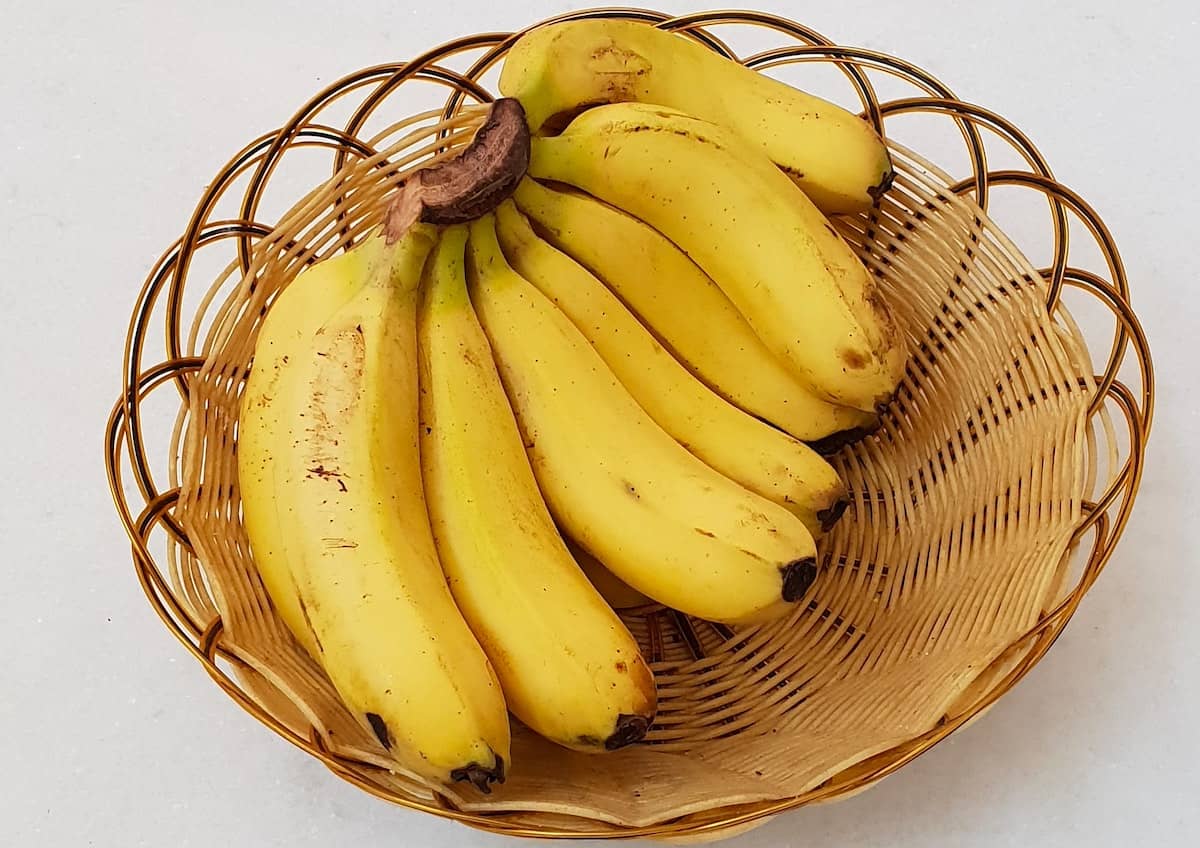
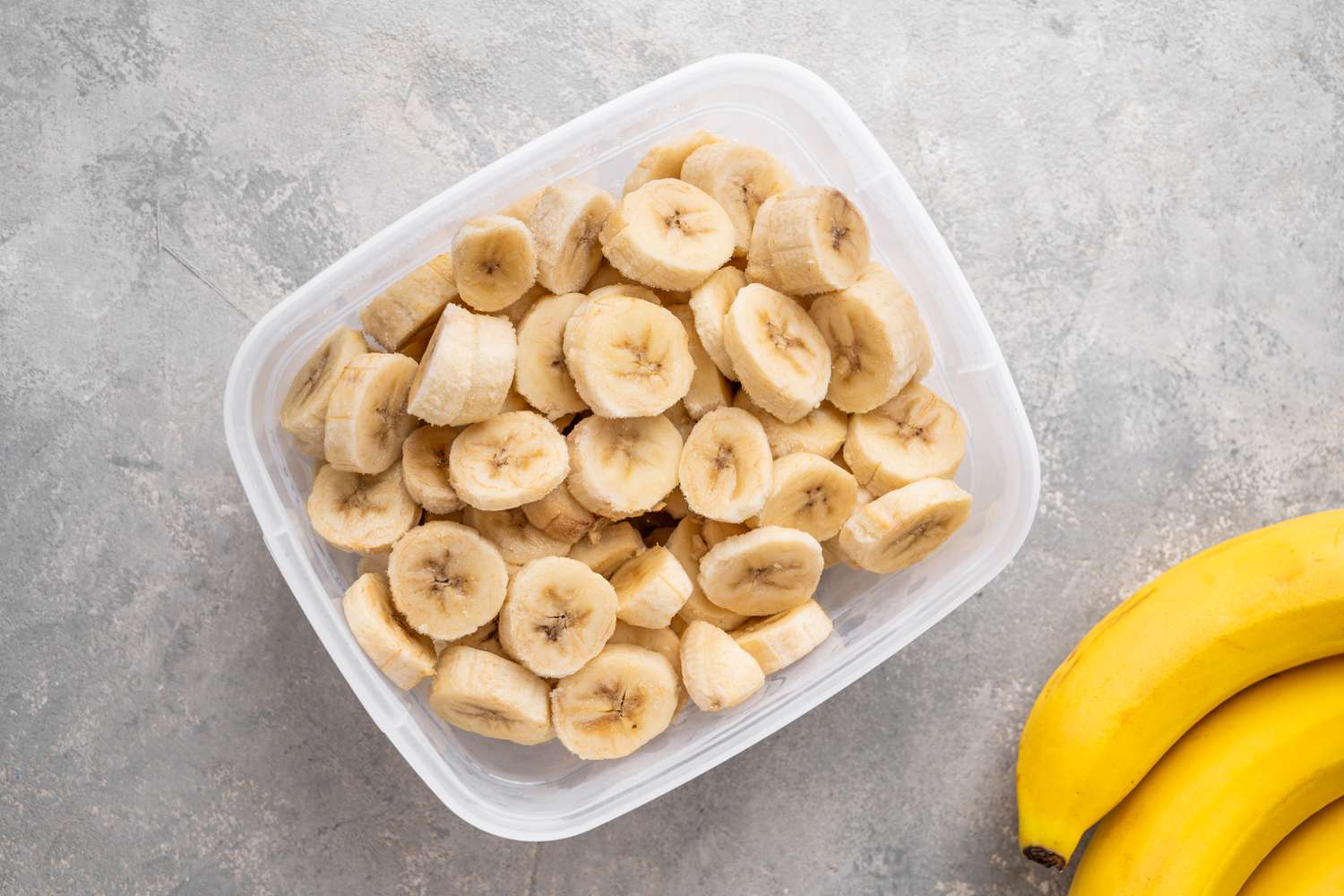
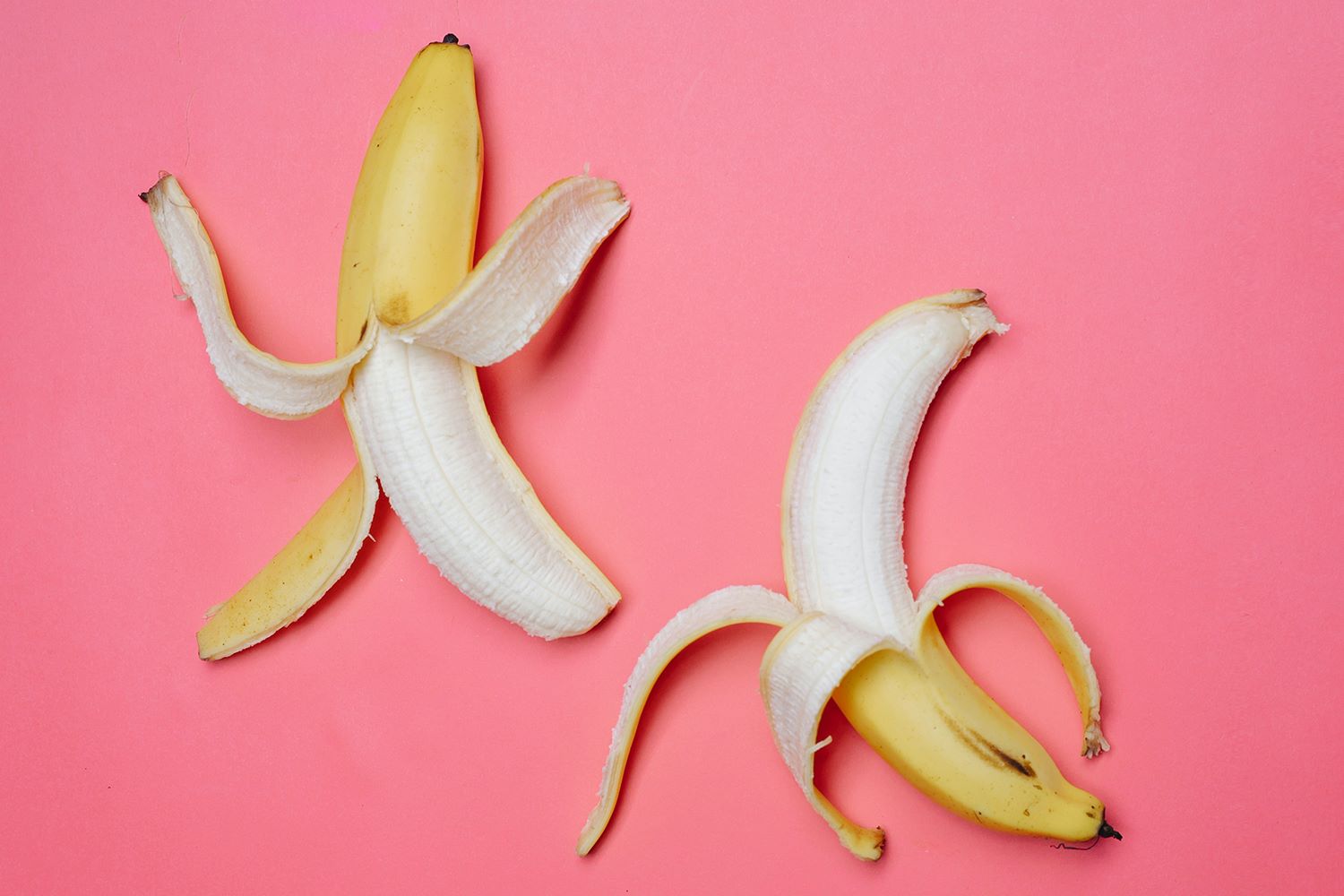
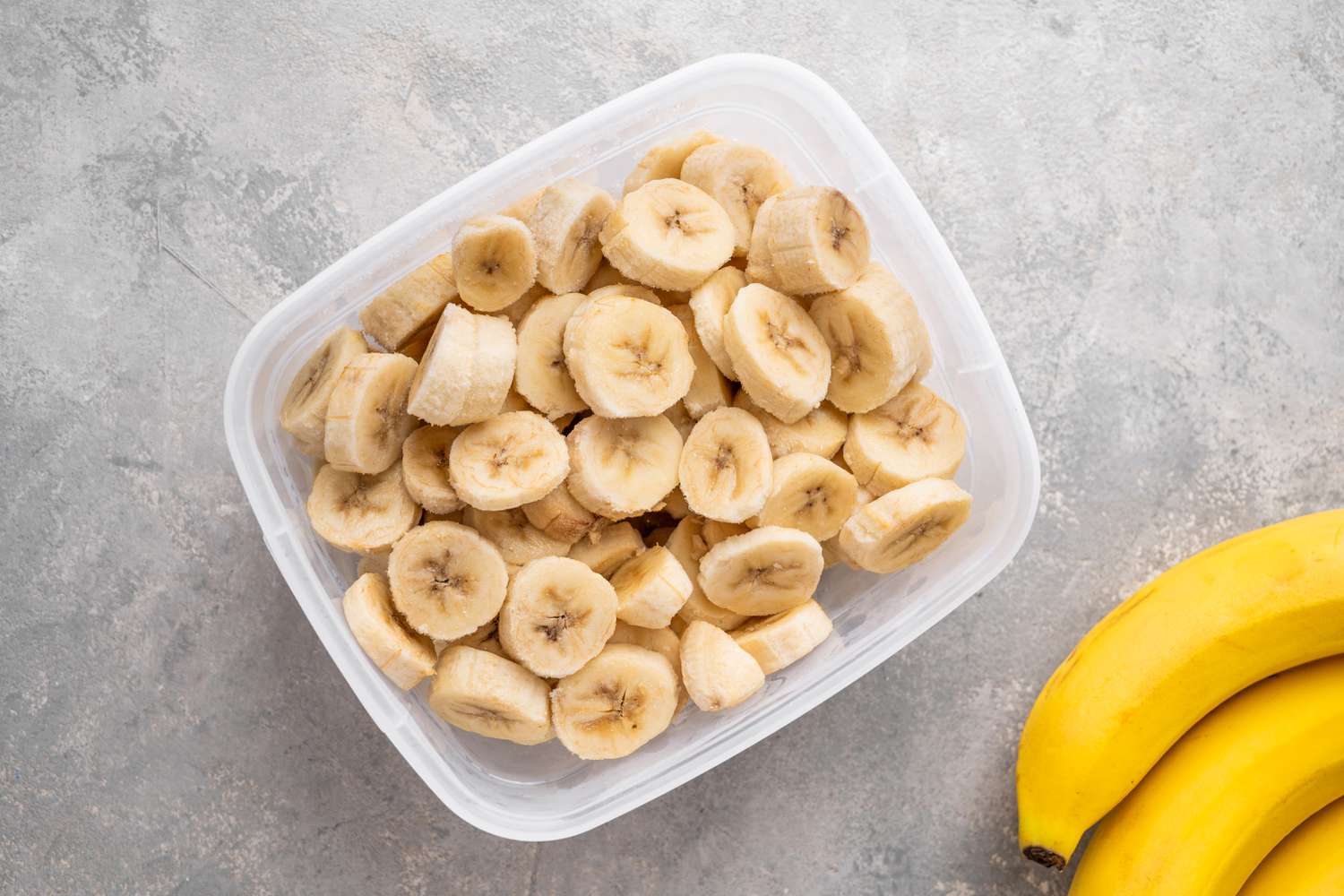
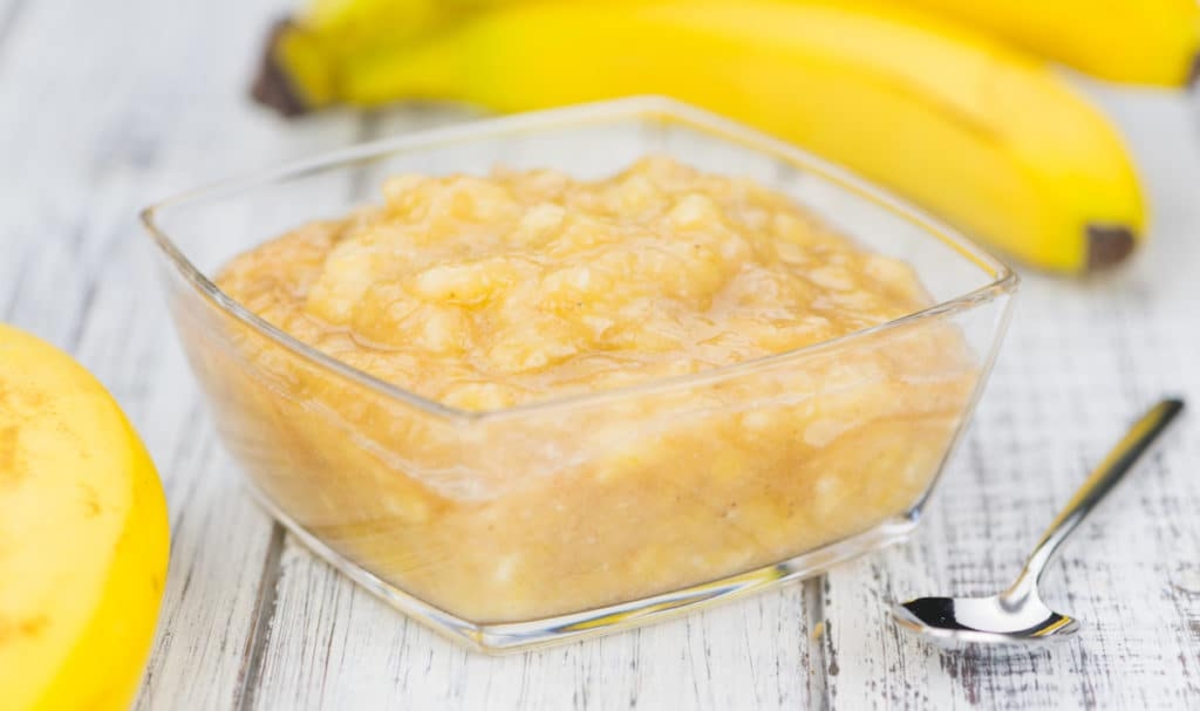
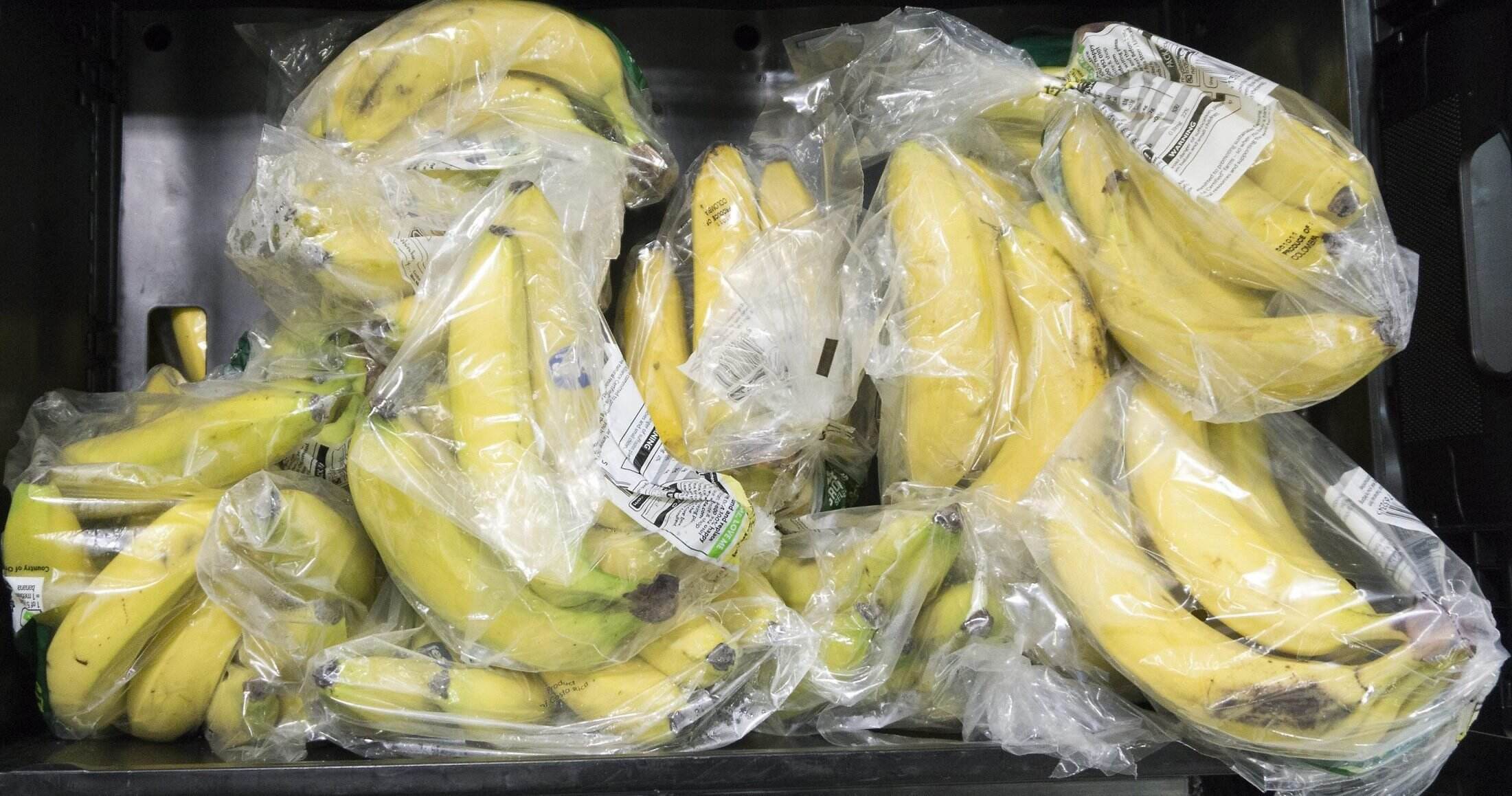
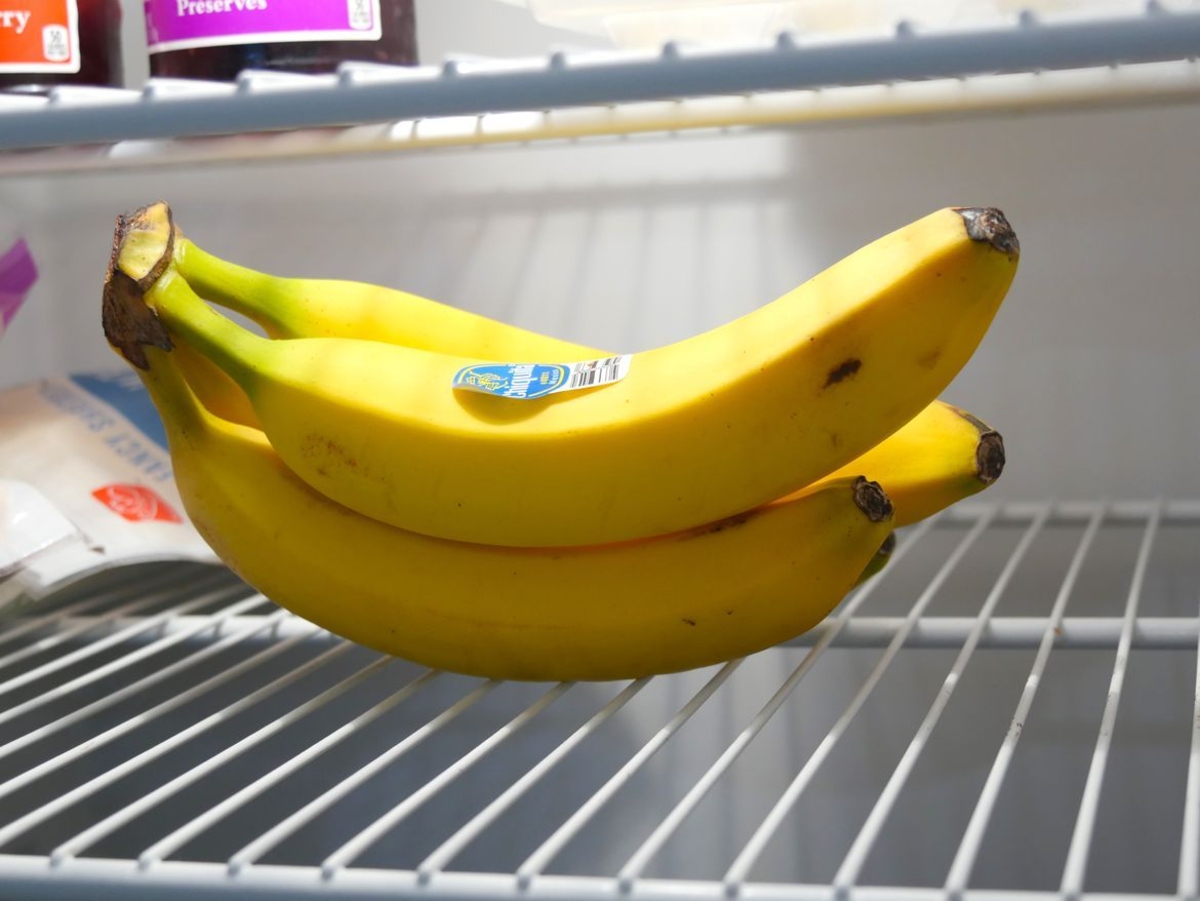
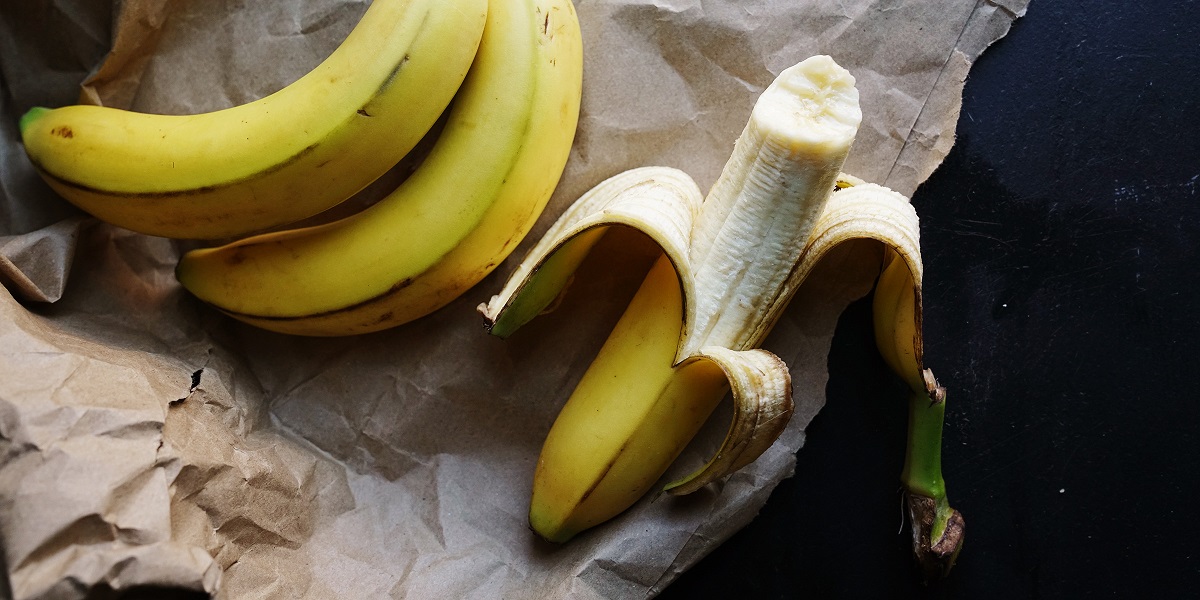
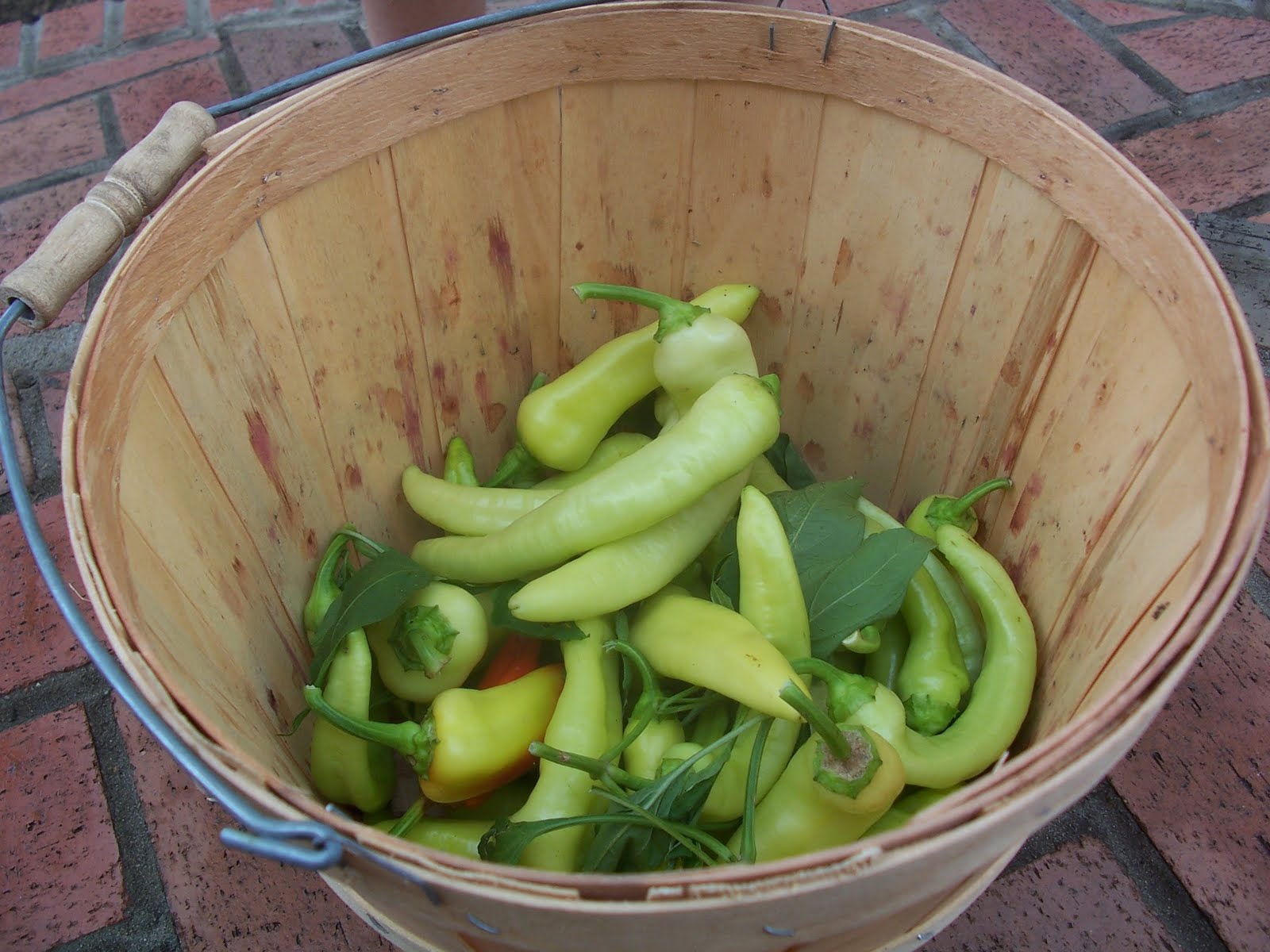
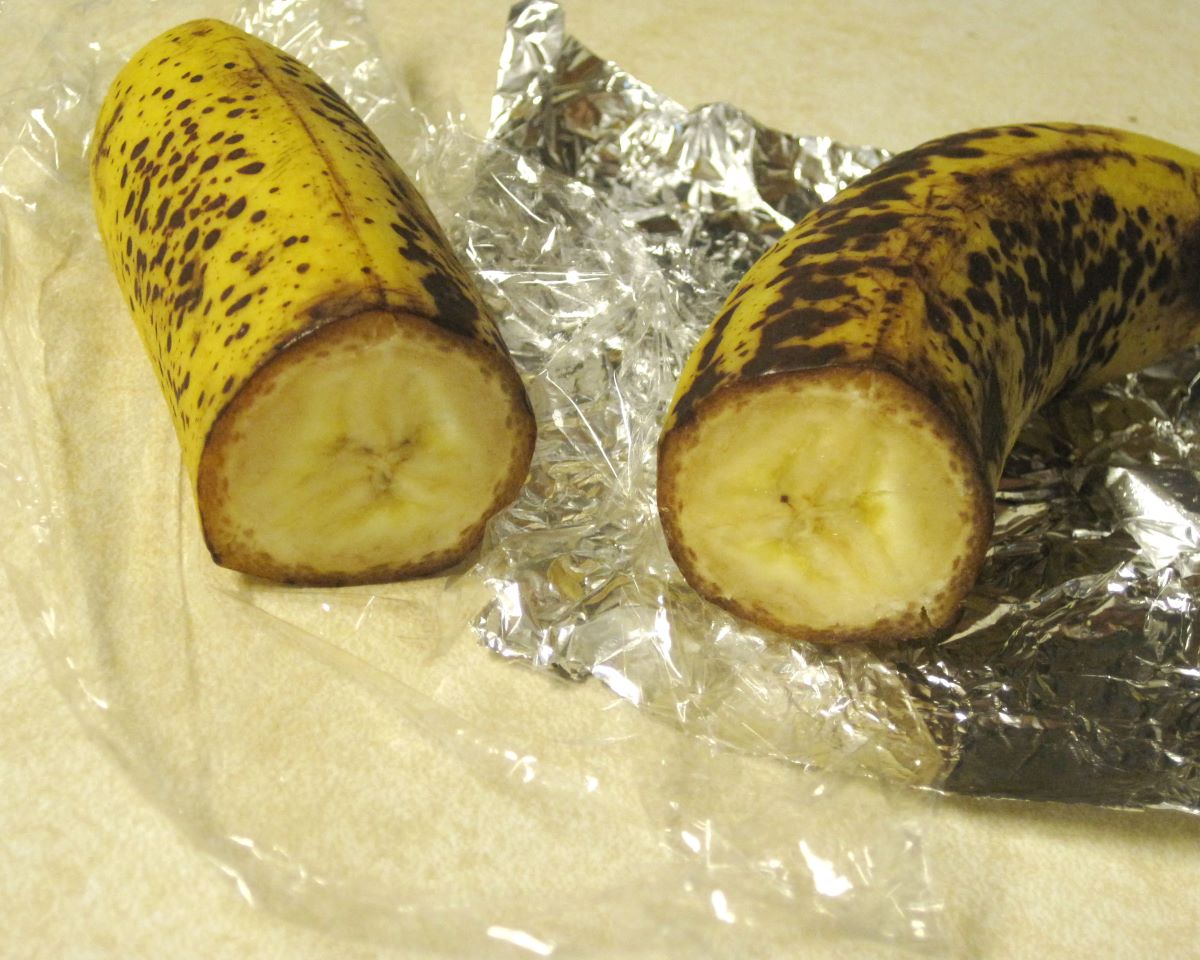
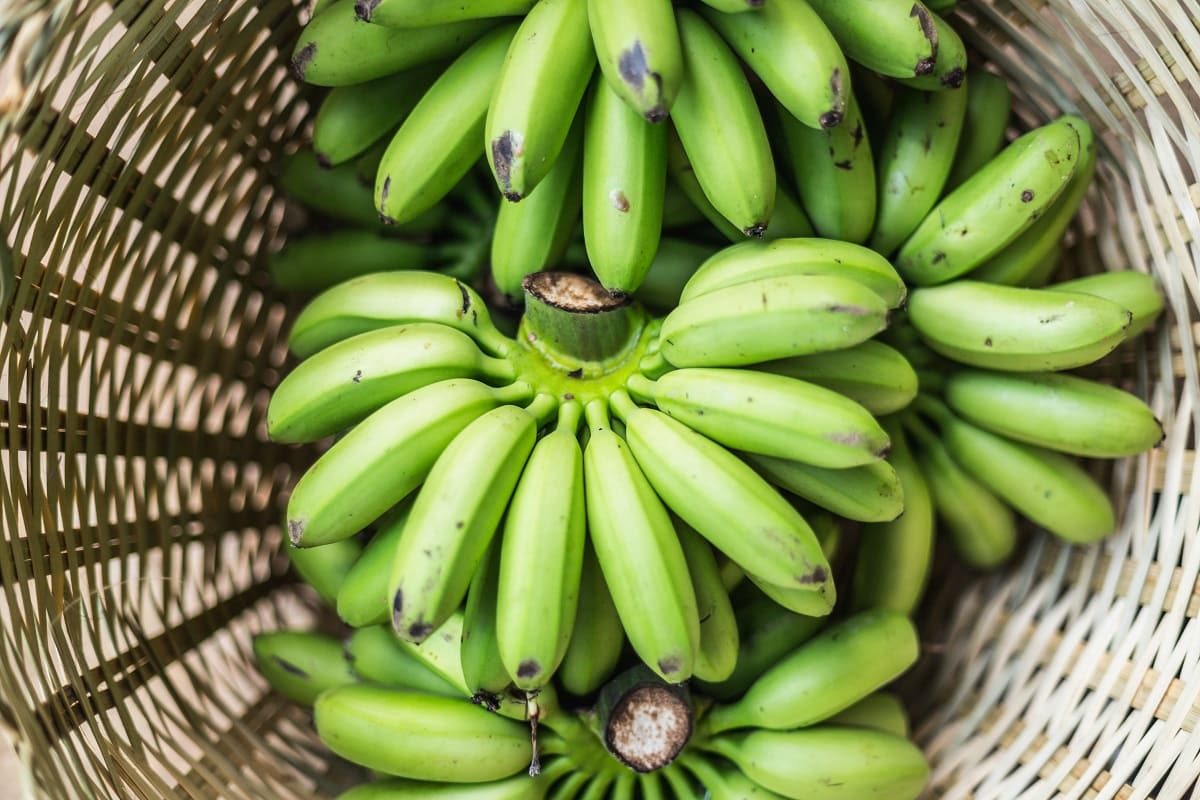
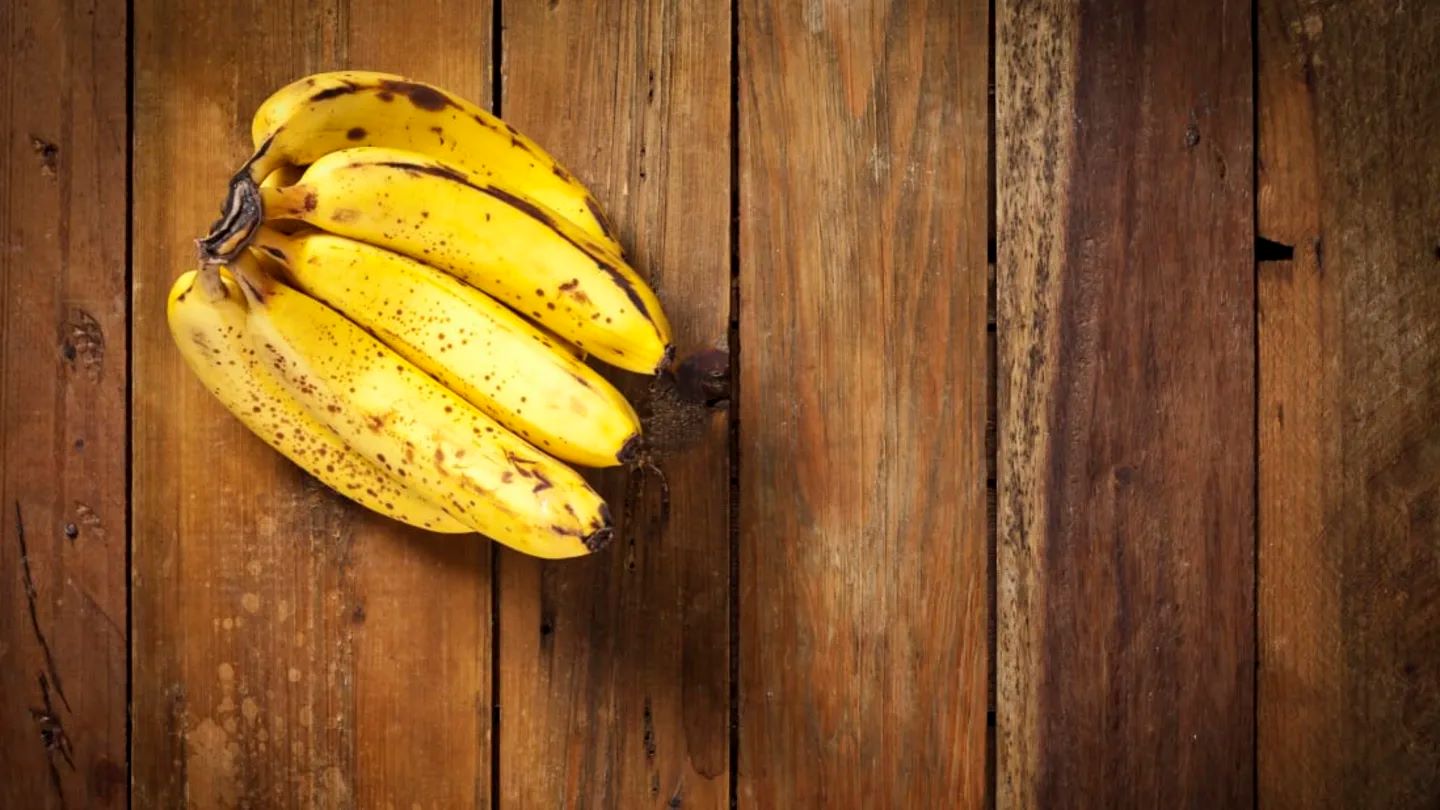
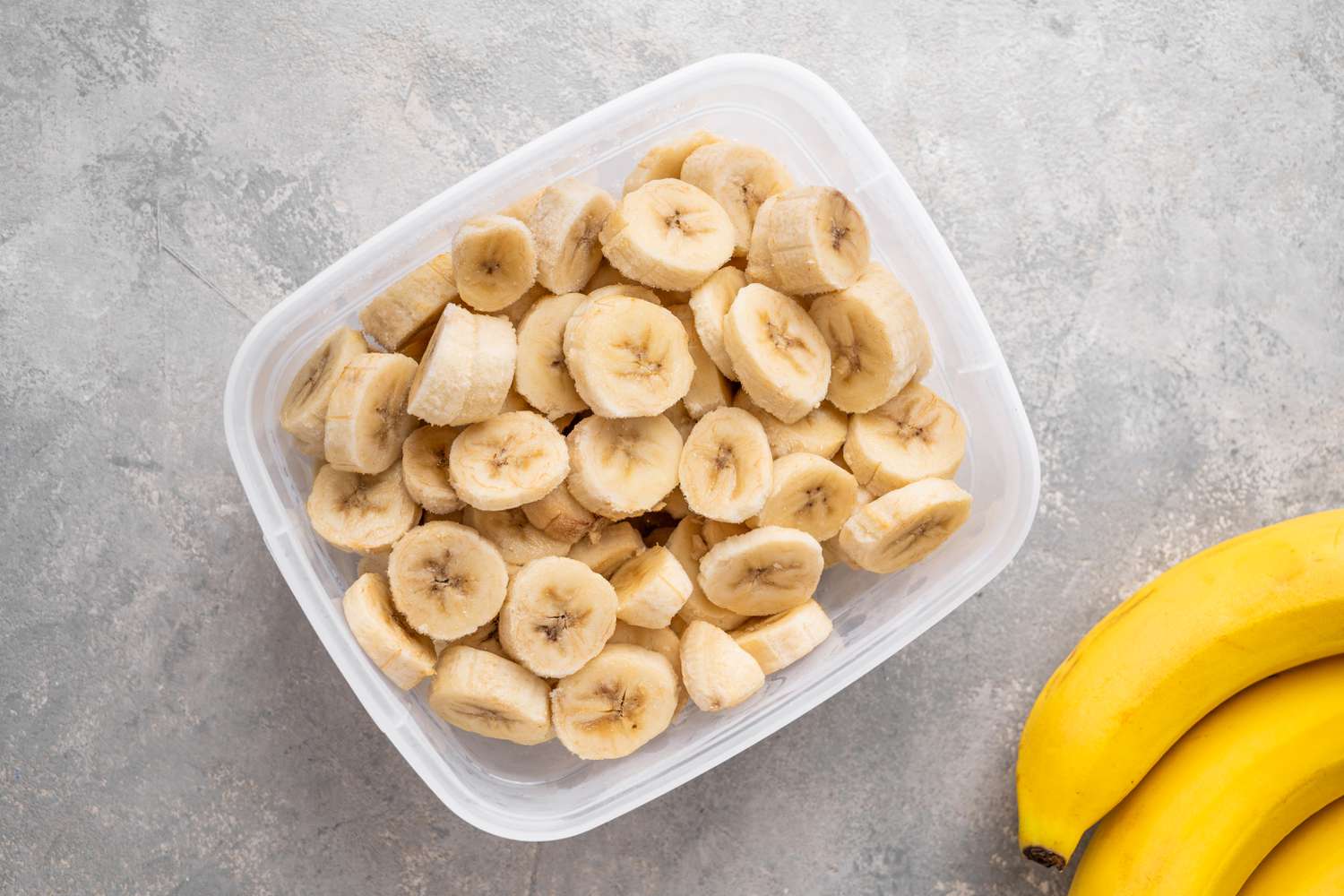

Very useful